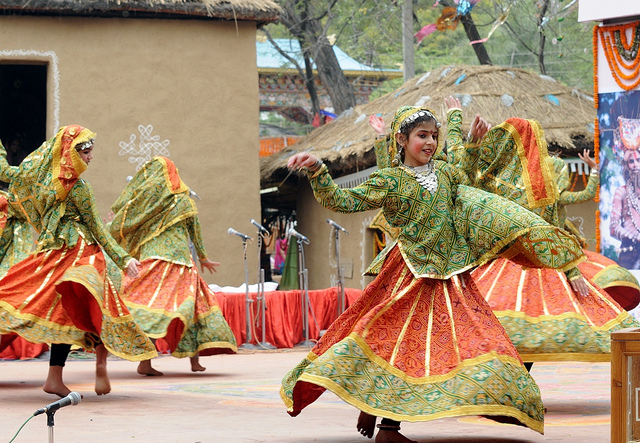Literature Among Clutter

This (credit for this image goes to YL Tan of flickr.com) is the usual image that one is likely to see in the entrance of any bookstore around the world. Admittedly, at least these Indian magazines certainly favor a sense of class or a higher standard of intelligence than most western contemporaries. Thankfully at least Rolling Stone magazine’s covers have been focused less on scandalous sexuality than pretty much every single tabloid ever printed (personally, I would be inclined to argue that printing obviously false or unfounded information and presenting it as if it is fact while sensationalizing birth defects, infidelity, injuries, and sexuality is tawdry and renders these pieces of ‘reading material’ worthy of a global boycott but I digress…)
Sadly there is often more focus on instant-gratification and less on the experience of what you’re pursuing. The global culture often favors pushing an image or a few buzz words into the fore front of its message. The internet generation has spoiled many of us with the draw of instant information and fulfillment through free entertainment on the fly. However the draw of literature is not lost, and in the case of India, it is still alive and well. Thankfully there is some culture left in the world, albeit difficult to find at times.

Here we can see the cover art for the novel Siddhartha (credit for this image goes to General Press of flickr.com).
Siddhartha, by Hermann Hesse (a Swiss poet born in Germany), is a classic piece of literature that is (obviously) not written by an Indian but was one of the contributing factors to Hesse receiving the Nobel Prize in Literature later in life. He wrote the novel after spending some time in India (which will come as a relief to those Indians who would feel wary of a westerner painting a biased caricature of their nation) and while it was originally written in German, it has since then been translated into several languages. The story is an allegorical one which feels universal and follows the titular Indian main character on his journey during the time of the Buddha, through several events in life, in a search for truth and wisdom. To say this novel is worth reading is like saying that trees provide shade.
Now for those of you who are wondering why there is no mention of a piece of literature written for Indians by an Indian fear not: Arundhati Roy’s The God of Small Things is here to serve as an excellent contemporary example. The reviews for this novel are rather polarized, with many finding the condemnation of certain aspects of Indian society to be completely biased and unfounded, while others find it very engaging and hitting very close to home. Without giving away too much of the plot, it is a story that will turn dark and be hard to swallow for some, to the point of potentially turning some readers away entirely as the main characters are two small children. All things considered though, one can argue that Ms. Roy’s literary prowess sets her apart from her contemporaries, not because she is a woman, and not even because she is an Indian, but just on the merit of her skill as a novelist.


